It was January 1964 when the snow fell heavy on Mason County. Cold enough to freeze the pipes, but still quiet like most country winters. That stillness broke one night when a farmer outside Gallipolis Ferry said his cows busted through the fence, his barn got half caved in, and something big left tracks all across his field.
The prints were 17 inches long. Deputies came out, took photos. The local paper ran the story for days. Folks drove in from Charleston and Huntington just to see the tracks for themselves. A biologist came up from the state college in Morgantown. Said they weren’t human. Said they weren’t bear either. No one ever figured out what made them.
And here we are, more than 60 years later, still asking the same question: Who—or what—left those tracks?
The Night It Happened
The farmer, name was Donnie McGraw, said it started with the cows. He kept about 18 head, mostly Angus, strong and well-fed. Around 2 in the morning, he heard them bawling like they’d seen the devil. By the time he got outside, four had run clean through the east fence. One cow was missing altogether. The barn doors were off their hinges. The back wall had a hole smashed clean through it, like something had come down heavy and hard.
Then he saw the tracks. Started at the edge of the woods. Deep. Long. Five toes. No claw marks. About six feet between steps. Snow packed down like a cinder block had been dropped heel-first every few feet. He said it looked like whatever made ’em walked upright—and fast.
Law and Science Got Involved
Sheriff’s deputies came out the next day. Took photos, measured the prints, followed them through the woods for almost half a mile. Then the tracks just… stopped. No blood, no hair, no fur, no scat. Just stopped.
A few days later, a man named Dr. Raymond Keller—he worked as a wildlife biologist at the time—drove down to take a look. He was quoted in the Point Pleasant Register saying, “The stride length and shape of the foot are inconsistent with any known animal native to West Virginia. These are not bear tracks. And they are too large and too even to be human.”
Now, Keller was no ghost chaser. He was a trained field scientist. And even he couldn’t explain it.
Other Sightings, Same Year
What’s strange is that 1964 wasn’t quiet around Mason County. That spring, three boys fishing at McClintic Wildlife Station said they saw something covered in dark hair, at least seven feet tall, walk out of the tree line, look straight at them, and walk back in.
In August, two loggers up in the hills past Letart said they found deep footprints in the mud—also big, also human-like. One of them swore he smelled something like rotten eggs and wet dog just before the prints showed up.
Now, these are different people in different parts of the county. No connection between them. No reason to lie. You can call it coincidence. Or maybe you shouldn’t.
What Could It Have Been?
Some folks said it was a prank. But you don’t fake a 17-inch barefoot track with toes and an arch that deep in frozen ground. You don’t rip through a barn wall to sell newspapers.
Others said bear. Trouble is, black bears in West Virginia don’t walk upright more than a few steps. And they don’t leave five clear toes in a human shape. No claws? That ain’t a bear.
Then there’s Bigfoot. And before you roll your eyes, think on this: West Virginia’s been talking about wild men, hairy beasts, and forest giants since before the Civil War. Cherokee stories tell of the “Tsul ‘Kalu”—a tall, smelly creature with great strength and a loud scream that lived in the hills. Old settlers wrote about the same thing, called it a “Woodbooger.”
Point Pleasant is famous for the Mothman story from 1966. But two years before that, this happened. This was the first real flap that pulled outside interest into the region. Some believe whatever left those tracks might’ve been connected to the wave of high strangeness that came later—UFO sightings, strange lights over the Ohio River, even Men in Black visits.
What if this was the beginning?
The Forgotten Clues
What gets lost in the retellings are the original photographs. At least four were taken by the deputies that morning in 1964. They were printed in the local paper and then sent to the State Police in Charleston. Today, you won’t find them in the archives. The paper’s copy is gone. The state says it doesn’t have them.
One retired deputy, who asked not to be named, told a reporter in 1997 that the photos were real and that he never forgot how wide the tracks were. He said, “I don’t know what made ’em, but it wasn’t something I ever seen before or since.”
Why It Still Matters
We get so caught up in explaining everything that we forget some things don’t want to be explained. That barn got smashed. A cow disappeared. Footprints were photographed and confirmed by trained lawmen. A scientist said it wasn’t a known animal. Then it was gone.
If someone hoaxed it, they never came forward. Not in 1964, not in the 70s, not ever. No one bragged, no one confessed. That’s rare.
So what do you think it was?
Could it have been a Bigfoot? Or something else entirely? Could it have been part of something larger going on in Mason County in the 60s? And if it showed up once, could it happen again?
These hills have long memories. The woods don’t always give back what goes in. But every so often, something walks out—and leaves a mark you can’t forget.


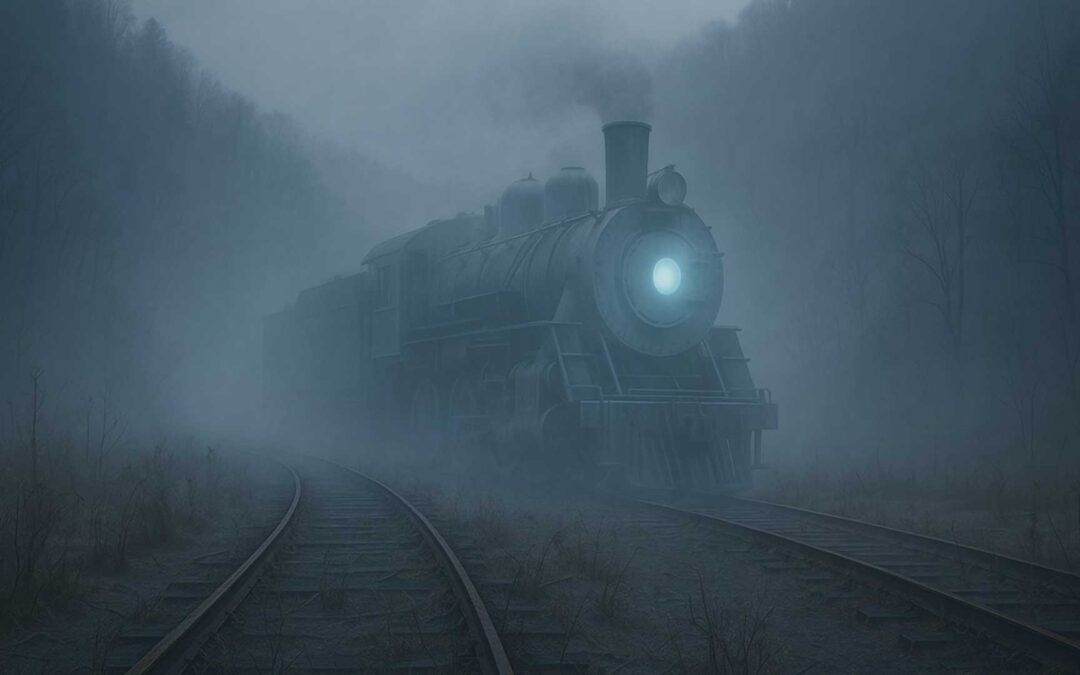
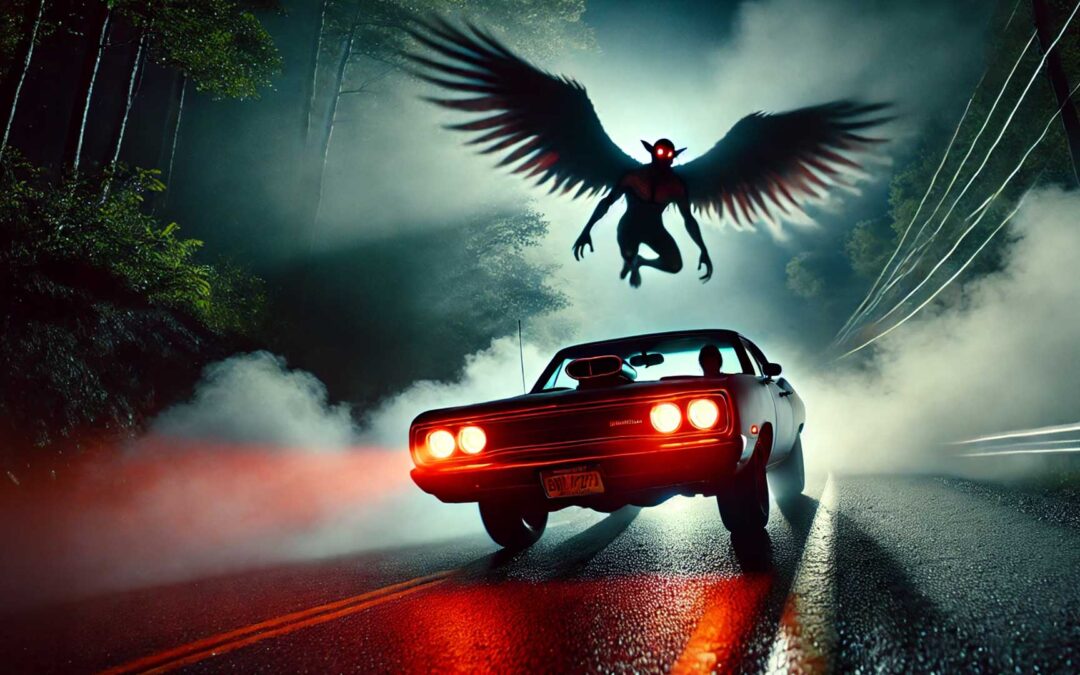

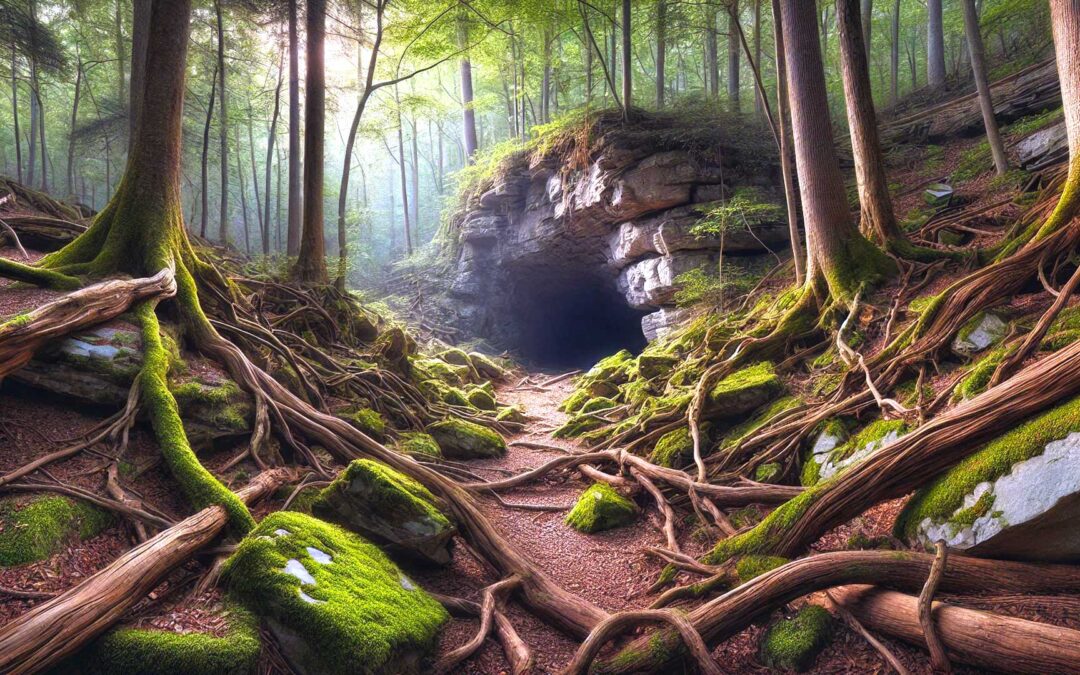
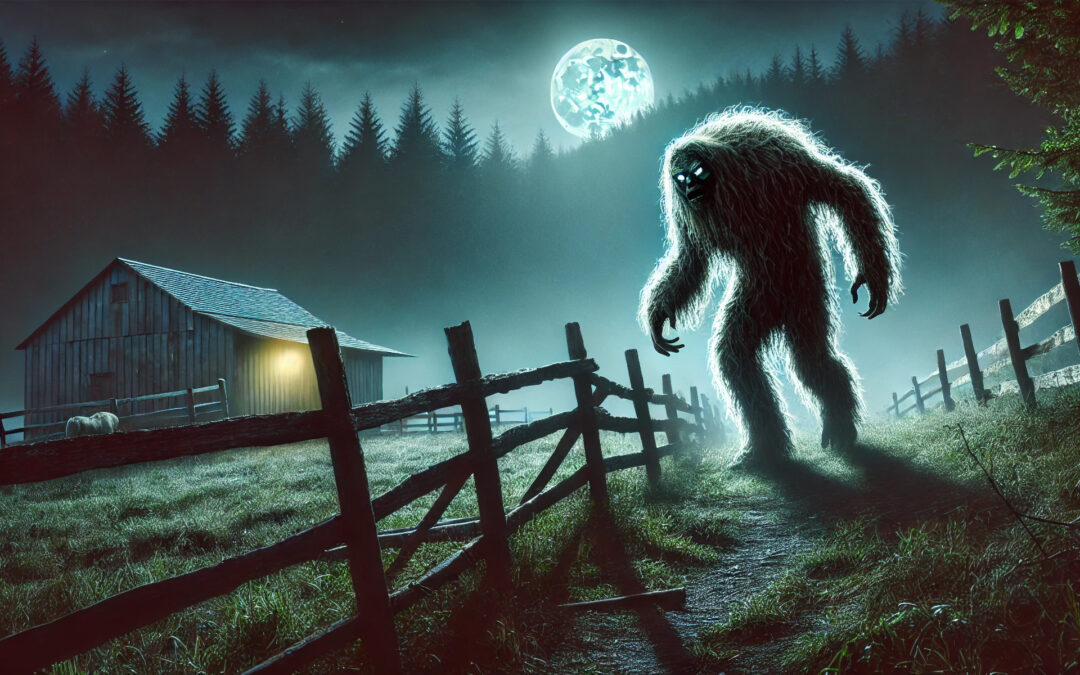
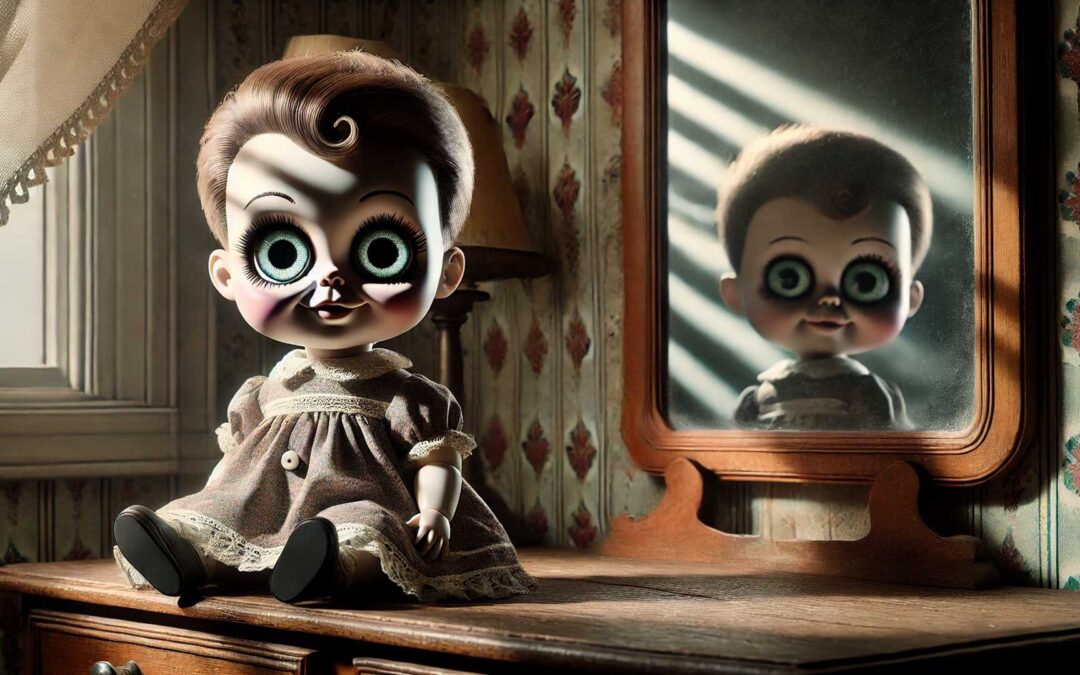

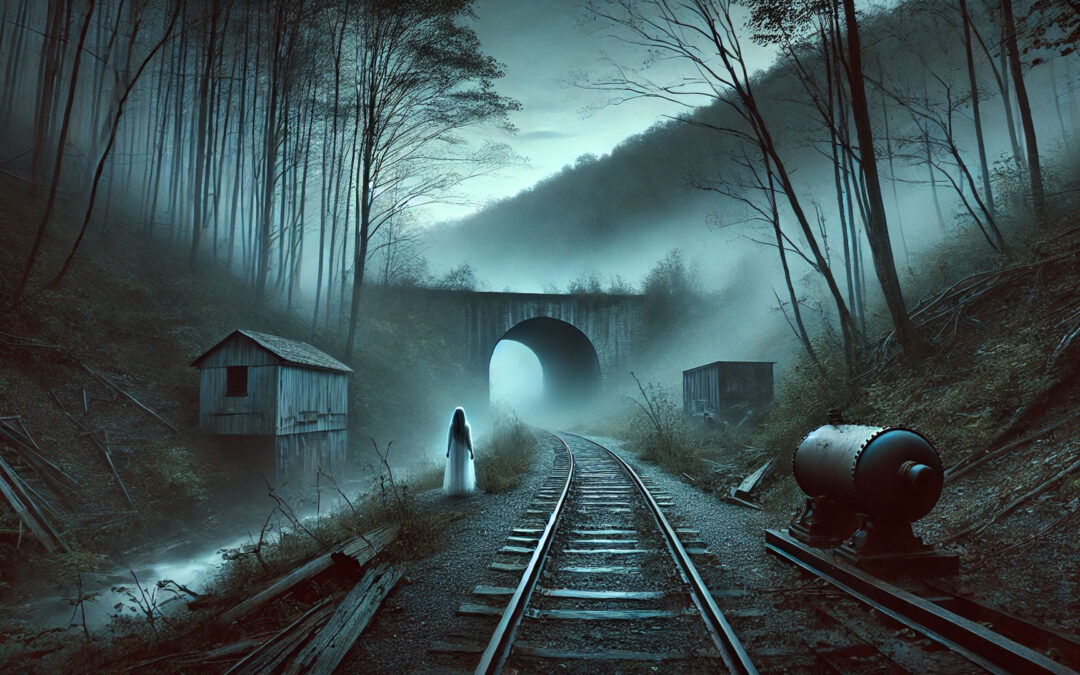
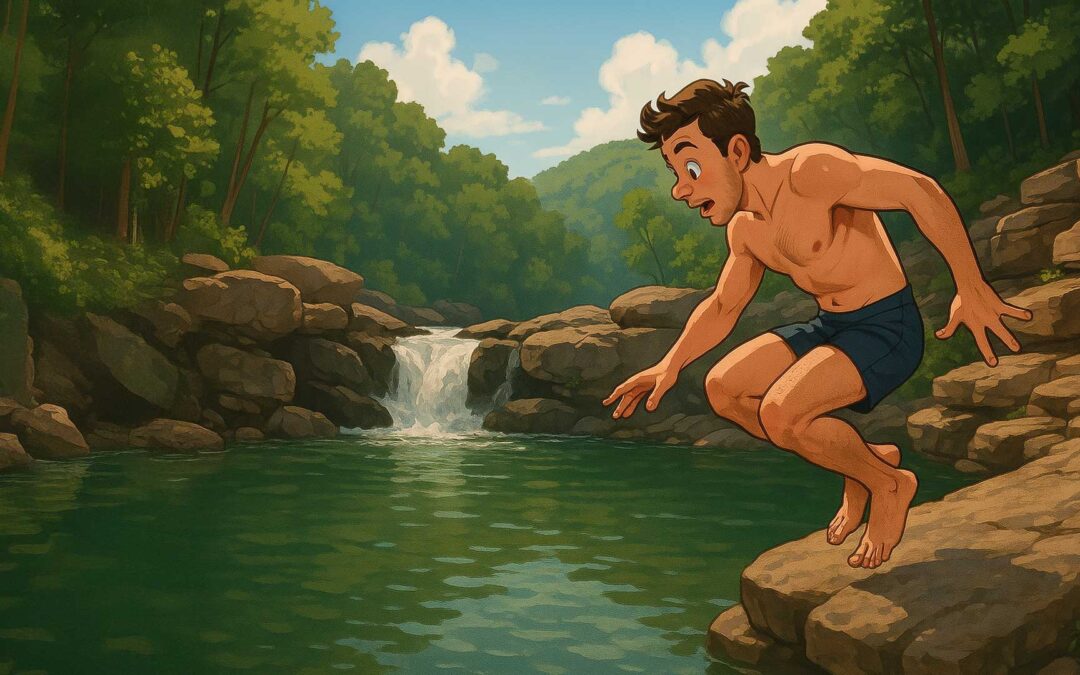


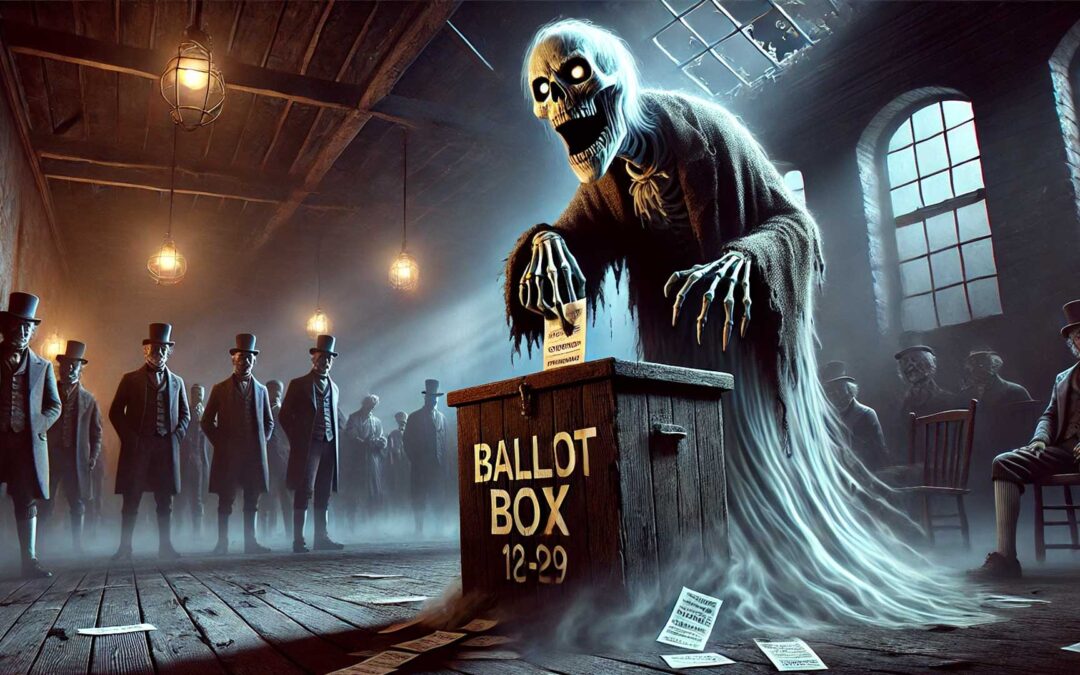
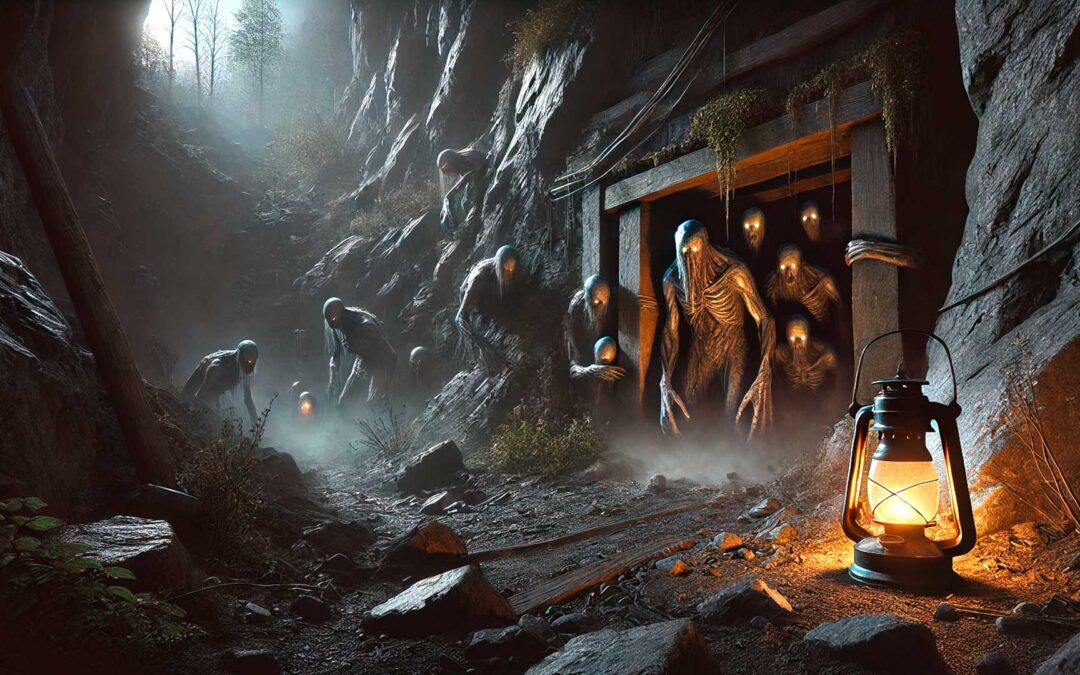
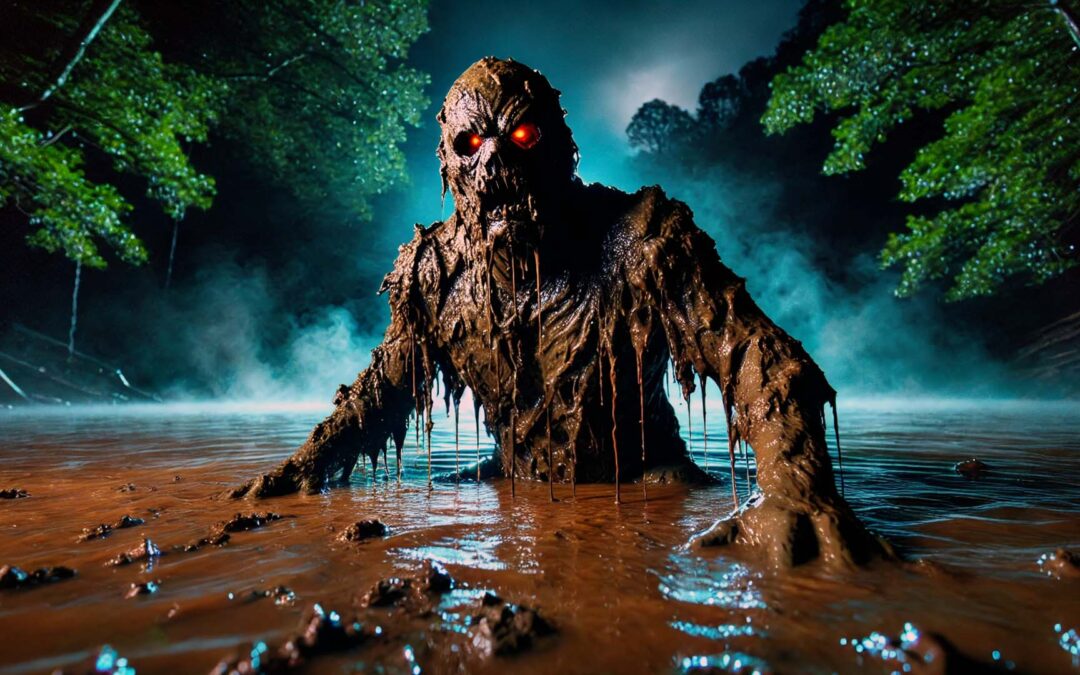
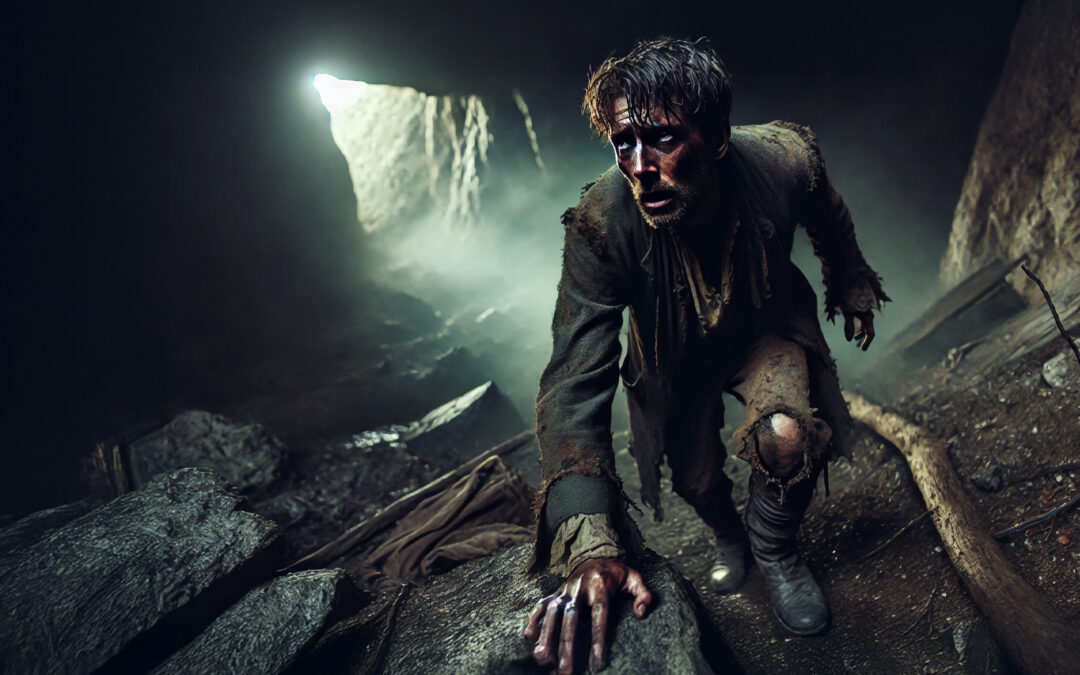






0 Comments